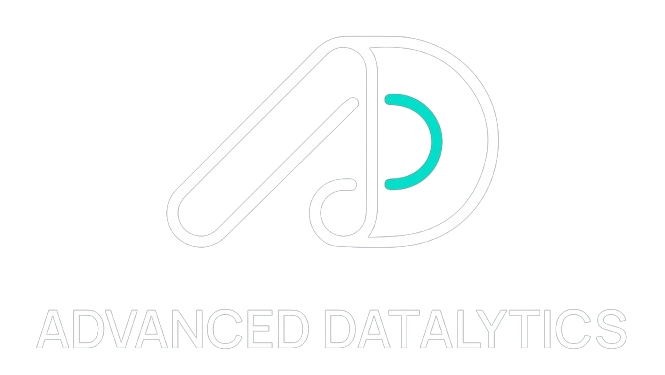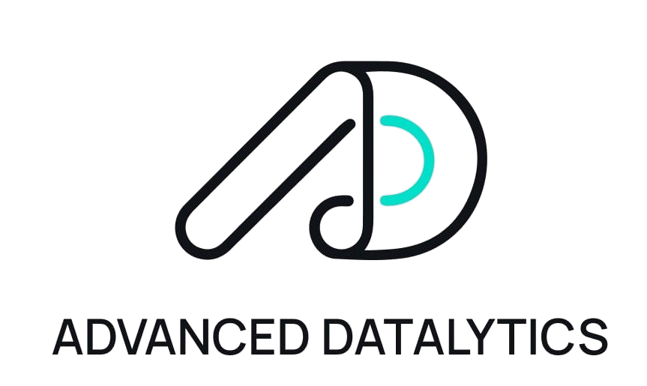
Introduction
Many startups and companies wonder what MVP is in software development and why it matters. A minimum viable product (MVP) is the foundation for successful product launches. It allows you to test and validate your idea before investing in a full-fledged product.
With an MVP, you can release a fully functional version of your product that includes only the essential features. This helps you understand how your target audience interacts with it and start building a loyal user base. By collecting real feedback early, you reduce the risk of costly mistakes when developing the final product.
Creating an MVP also lets you compare different ideas and focus on what matters most to your users. This approach ensures your minimum viable product (MVP) grows effectively into a full-fledged product that meets market needs. Startups and established companies alike use this strategy to turn concepts into products that are both efficient and user-friendly.
Understanding What is MVP in Software Development
An MVP is:
- A basic version of your product that delivers the main idea without extra features.
- Built with essential features only so you can launch faster and save costs.
- Fully functional enough for users to interact with and give feedback.
- A tool to gather real-world feedback and understand what your audience really needs.
- A safe way to improve and prepare for the final product or full-fledged product.
This method works for:
- Mobile apps that focus on one main feature before adding more.
- Web platforms created to solve one specific problem.
- Enterprise software designed to test core processes before scaling.
By starting this way, businesses can build stronger user bases and make smarter decisions for future growth.
Why Is MVP Important for Product Success?
Building an MVP is one of the smartest ways to launch a product. It lets you test your idea in the real world before committing to a full-fledged product. This approach reduces risks, controls costs, and increases the chances of creating something your user base will love.
Validates Market Need
Launching a minimum viable product (MVP) helps you test if there is real demand for your idea. Users interact with the product early, giving feedback that shows what works and what doesn’t. This ensures your final product matches actual market needs before investing heavily.
Saves Development Costs
An MVP includes only the essential features, which reduces development time and costs. By focusing on what users truly need, you avoid spending on unnecessary functions. This approach helps startups and established companies use their budget wisely while building a fully functional product.
Gains Investor Confidence
Investors prefer seeing a working MVP rather than just an idea. A tested product with early user feedback proves that your concept has potential.
Using offshore development, Advanced Datalytics accelerates these outcomes, helping clients launch MVPs efficiently and attract funding faster.
Benefits of MVP Product Development
Building an MVP helps startups and businesses focus on what matters most. It allows you to launch quickly, learn from real users, and make smarter decisions before creating a full-fledged product.
Faster Time to Market with MVP Development
An MVP development approach focuses on the core features only. This helps you launch your product faster than building everything at once. Early release gives you a head start over competitors and lets you start growing your user base quickly.
Lower Initial Costs
MVPs are cost-effective because they include only essential features. You spend less on development while still testing your idea in the real world. This approach saves money and resources for future updates or additional features.
Early Feedback Loop
Launching an MVP lets you gather feedback from actual users. You learn what works and what needs improvement before investing heavily. This early insight ensures your final product better fits market needs and increases chances of success.
Better Resource Allocation
By focusing only on essential features, teams use their time and skills efficiently. MVP development prevents wasted effort on unnecessary features and helps you plan future enhancements based on real data.
From Vision to Prototype: Core Steps of MVP Development
Developing an MVP follows a structured process. Each stage ensures progress toward a fully functional solution while minimizing risk and cost.
Zero Cost Zone Audit
This stage involves reviewing the concept without financial commitment. The objective is to define the product’s primary purpose, target audience, and essential features. This ensures the MVP aligns with market requirements.
Wireframes and UI Models
Wireframes provide a basic visual framework of the product. UI models build on this by presenting the design, layout, and navigation flow. Together, they offer a clear representation of the final product before development begins.
Agile Offshore Development Sprints
The team executes the project in short, planned sprints. Offshore teams handle development tasks efficiently, enabling rapid delivery and controlled costs.
Feedback-Driven Iteration
Initial users interact with the MVP and provide feedback. They use this input to refine functionality and guide the transition toward a full-fledged product.
Best Practice Checklist: What Makes a Good MVP?
A successful MVP focuses on delivering real value while minimizing unnecessary features. Following best practices ensures the product is effective, measurable, and ready for growth.
Single Core User Goal
A good MVP addresses one primary user problem. This focus keeps development simple and ensures users can quickly understand and benefit from the product. Avoid adding features that distract from the main goal.
Instrumented for Analytics
Tracking user behavior is essential. An MVP should include analytics tools to gather insights on usage patterns, engagement, and pain points. This data informs future development and helps improve the final product.
Scalable Architecture
Even a minimal product should be designed to scale. Proper architecture allows the MVP to handle more users, additional features, or higher traffic without a complete rebuild. This prepares the product for growth and long-term success.
Advanced Datalytics incorporates all these principles in their offshore MVP services. They ensure every product is focused, measurable, and ready to expand as the user base grows.
Common MVP Pitfalls and How to Avoid Them
Building an MVP comes with challenges. These common mistakes can slow down success, but they are easy to avoid with the right approach:
- Over-engineering features – Adding too many features makes development slow and confuses users. Keep the MVP minimal to focus on core value.
- Skipping feedback – Ignoring user feedback can lead to a product that misses market needs. Include built-in testing and collect insights early. This helps shape the MVP before turning it into a full-fledged product.
- No scalability plan – Without a plan for growth, the MVP may struggle when the user base expands. Design it to scale from the start. Offshore pods can use reusable microservices to make scaling easier and more cost-effective.
Avoiding these pitfalls will help you create a fully functional MVP that meets market needs and is ready for future growth.
Proven MVP Success Stories
Learning from real examples shows how a simple MVP can lead to massive success:
- Dropbox – Started as a simple file-sharing prototype. Early feedback helped refine features before creating a full-fledged product.
- Airbnb – Launched with a basic platform to rent a few rooms. Insights from initial users guided development into a global marketplace.
- Spotify – Began with a minimal music streaming version. Early user engagement shaped features and improved usability.
These examples show that starting simple, listening to users, and improving fast can help build an MVP that grows into a full product.
To learn more about the full MVP development process and how it can benefit your business, check out our detailed MVP Development Services guide.
MVP Development Services and Process
MVP development services help startups and businesses turn ideas into working products quickly and efficiently. These services follow clear steps to make sure your MVP meets user needs and moves toward product market fit.
Define the Problem
The first step is understanding the problem your product will solve. Teams analyze user needs, market gaps, and business goals. A clear problem definition ensures your MVP focuses on the right solution from the start.
Select Essential Features
After defining the problem, only the core features are selected. These are the functions that solve the main user problem. Limiting features keeps development costs low and speeds up time to market.
Create Designs
Designers create wireframes and prototypes for the MVP. Clean, simple, and user-friendly designs make the product easy to navigate. Good design also helps gather early user feedback effectively.
Develop and Test
Developers build the MVP using the best technology stack. Teams use agile development to run short sprints and test each feature as they build it. Testing early and often ensures a fully functional MVP that meets user expectations.
Launch and Improve
Once tested, the MVP is launched to a limited user base. Teams collect and analyze feedback to refine the product. This iterative approach allows the MVP to evolve into a full-fledged product without wasting resources.
Advanced Datalytics helps clients through every step, making sure the MVP works well, meets user needs, and can grow.
FAQs About MVP in Software Development
How to create an MVP?
Plan your product scope, design a simple prototype, and develop only the core features. Advanced Datalytics helps guide each step, ensuring a functional MVP that meets your main goals.
Why is MVP important?
An MVP confirms market demand before full development. It saves time and cost by focusing on essential features. Our team ensures it aligns with business goals and early user feedback.
What are examples of MVP?
Dropbox, Airbnb, and Spotify started with simple MVPs solving core problems. Advanced Datalytics applies these principles to help clients validate ideas quickly and efficiently.
What makes a good MVP?
A good MVP focuses on solving one main problem effectively. Advanced Datalytics ensures it delivers value, is easy to use, and can grow into a full-fledged final product.
Conclusion
Understanding what MVP is in software development helps you launch products with confidence. An MVP lets you test your idea in real conditions without spending too much time or money.
It reduces risks by focusing on core features and gathering feedback early. You can improve the product step-by-step until it becomes a fully functional, final product that meets user needs. This approach works for startups and established businesses alike.
Begin developing your MVP efficiently— Get a free quote today.


